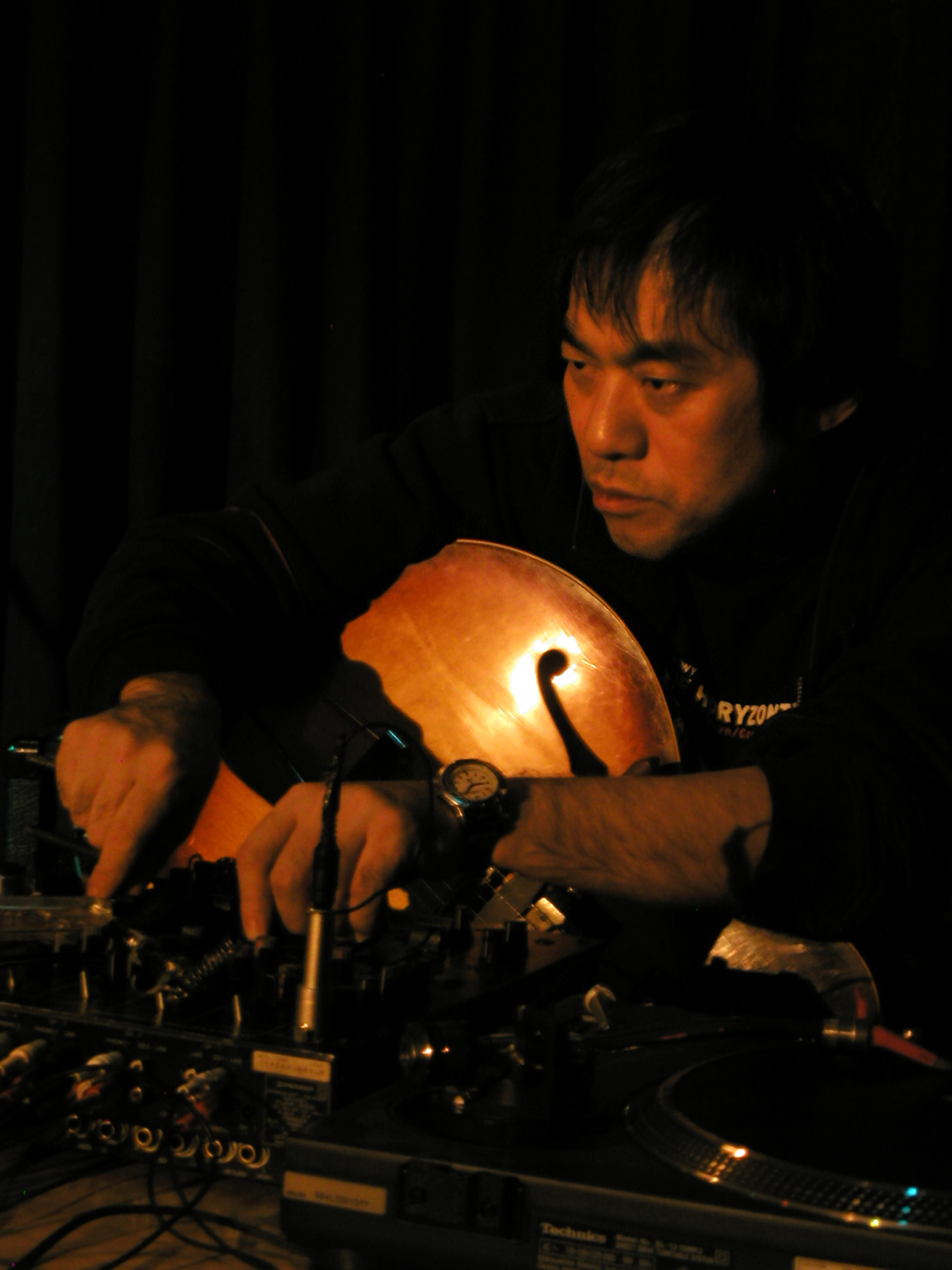my religion at the moment is radical transformation
modernism, seductive process of dominating nature and helping to define nature
cubes, rectangles, Euclidean geometry
archigrams
design to get you to the moon (just deal with the design, functionalism); ironically the lunar module is a lot easier to live with than the machine for living!
a function that’s highly specific like a space machine
how can we think something as something else
coming from functionalism
nature as catastrophe (Zizek)
new computing power to imagine non-Newtonian stuff
Newtonian physics got us to the Moon
the real problem is starting to understand materiality through quantum mechanics
starting to grow architectures
architecture will disappear
because we can grow these forms over and on top of what exists
accretions like the coral reef
it will disappear into an interiority
new types of private space in public space: porosity
inverse of the phallocentric city
the architecture of invagination
something is something else: “this is not a pipe”
Richard Wilson, Deep End, 1994: defiance of the functional, a swimming pool becoming a boot
the greenest thing in the future is not to rebuild anything but just to rethink it
we have enough stuff to go with, we have to start doing stuff with it
though most schools do follow some kind of functionalist modernism we can at least name the thing first, metaphor
not just an extravagance, it’s doable, it leads with an idea
his favorite architecture is the slum without misunderstanding the suffering
invention, necessity, so much more interesting than an idea that we can dominate nature with our modernism
Virilio: elongated transformed war of eco catastrophe
structure itself is going to get to the point at which it reinvents and makes other things
design
do we paint the wrecked plane that crashed onto a building, and stabilize it and turn it into a building?
transformation through the parasite
thinking something is something else: surrealism
automatic processes that might suggest structure
prostheticizing the road to turn it into an architecture
the parasites: only allowed to be built as public art
the hard thing is to convince government to let us do it...
transforming bad buildings, reduce carbon emission, capture water
porosity: chiastic space; Rosalind Kraus on expanded fields between art and architecture etc.
vision of Sydney that got into Venice Biennale
































